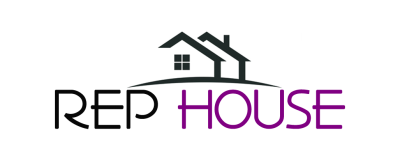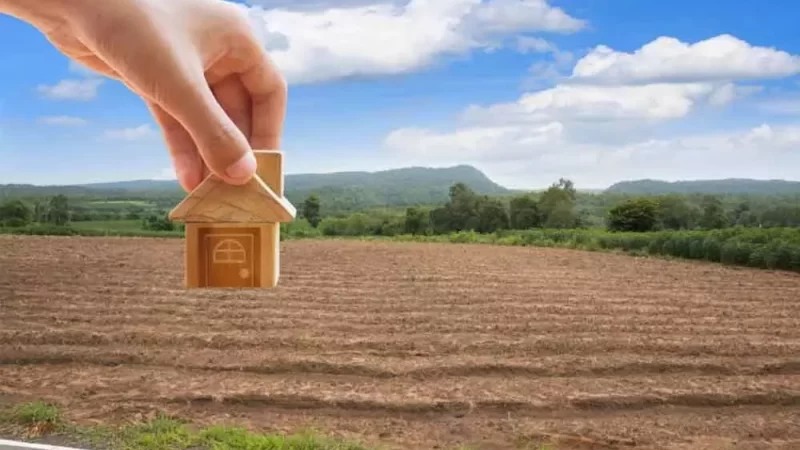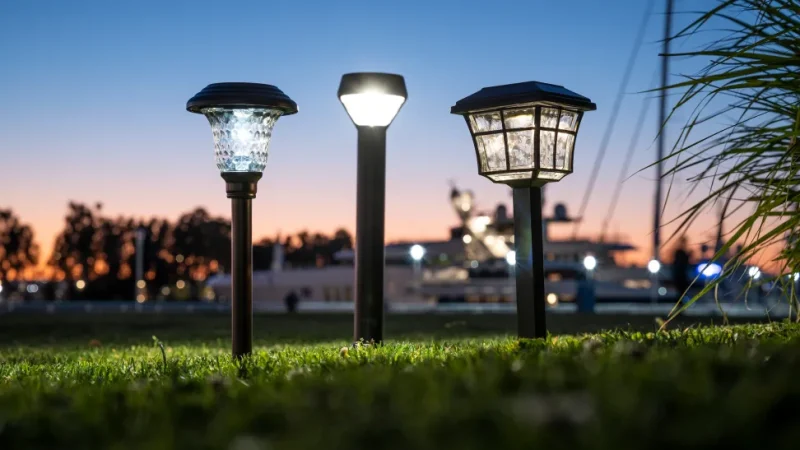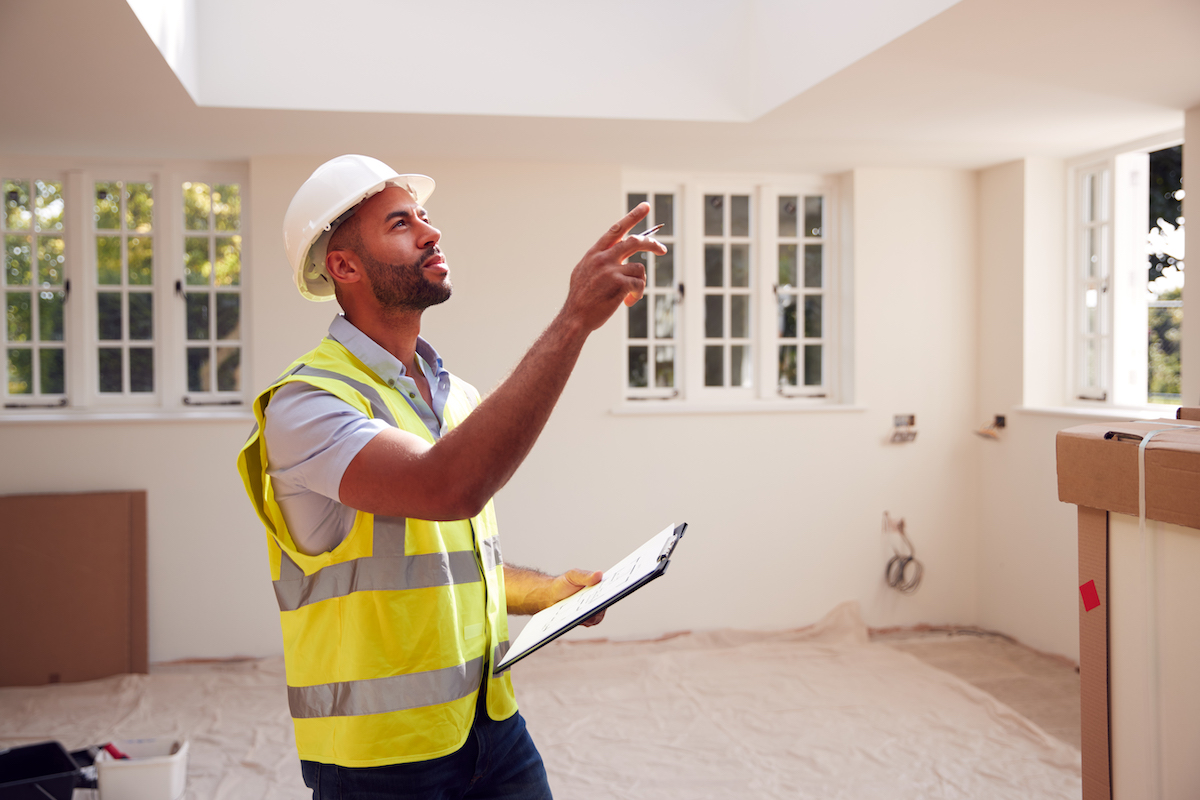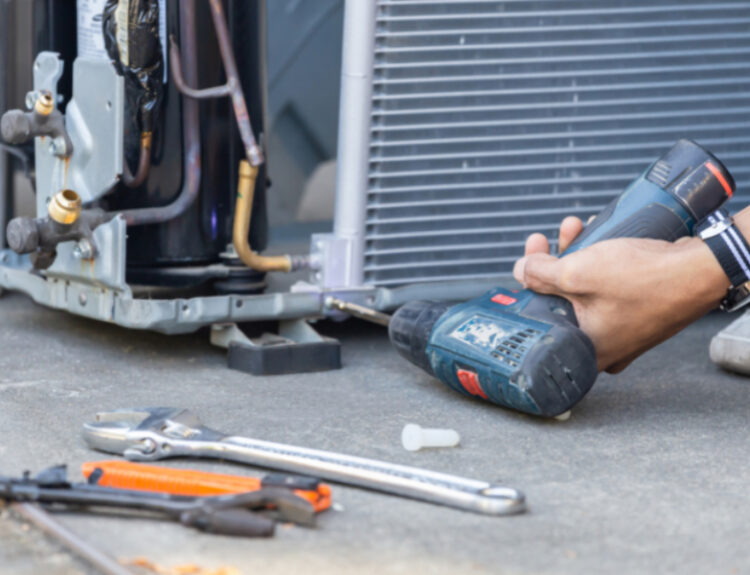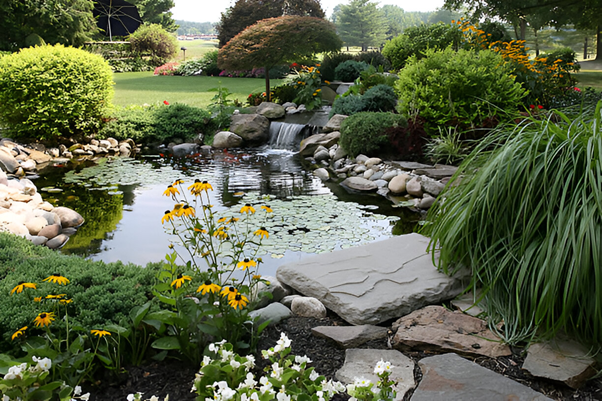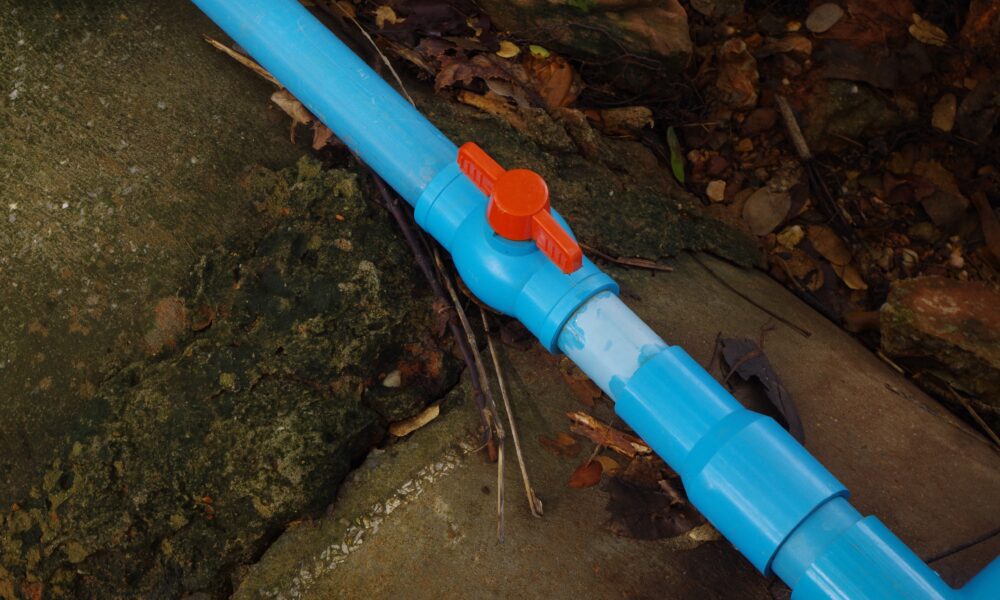Maintaining a home is an ongoing responsibility that can significantly affect the longevity and comfort of your living environment. Proactive maintenance is essential for preventing costly repairs and ensuring that your home remains in excellent condition. This guide provides key insights into what homeowners should watch for and highlights two critical aspects: house inspection and hose storage.
House Inspection: A Crucial Component of Home Maintenance
A comprehensive house inspection is a foundational step in proactive home maintenance. Regular inspections help identify potential issues before they escalate into major problems. Homeowners should schedule professional inspections at least once a year, though more frequent assessments may be warranted for older homes or properties in areas prone to severe weather.
- Structural Integrity
Inspect the foundation, walls, and roof for any signs of damage or wear. Look for cracks in the foundation or walls, sagging in the roof, or any indications of water damage. Addressing these issues early can prevent more extensive repairs and maintain the structural integrity of your home.
- Plumbing System
Check for leaks in pipes, faucets, and toilets. Leaky pipes can lead to significant water damage and mold growth if left unchecked. Ensure that water pressure is consistent and that there are no unusual noises coming from the plumbing system. Regularly inspect your water heater for any signs of rust or leakage.
- Electrical System
Ensure that all electrical outlets and switches are functioning correctly. Look for any exposed wiring or signs of electrical issues, such as flickering lights or frequent tripping of circuit breakers. It is crucial to address electrical issues promptly to avoid potential safety hazards.
- HVAC System
Regularly inspect and service your heating, ventilation, and air conditioning (HVAC) system. Replace filters as recommended and check for any unusual noises or performance issues. A well-maintained HVAC system operates more efficiently and extends the lifespan of the equipment.
Hose Storage: A Key Element in Preventative Maintenance
Proper Hose Storage is often overlooked but plays a significant role in maintaining your home’s exterior and landscape. Improper storage can lead to damage to your hoses and affect the efficiency of your watering system. Here are some tips for effective hose storage:
- Avoid Kinks and Crimps
When storing your garden hose, avoid kinks and crimps, which can damage the hose over time. Use a hose reel or wall-mounted storage solution to keep the hose coiled neatly. This not only prevents damage but also ensures that the hose is ready for use when needed.
- Protect from the Elements
Exposure to harsh weather conditions, such as extreme temperatures and UV rays, can deteriorate your hose. Store your hose in a shaded area or a protective cover during winter months to prevent freezing and cracking. For long-term storage, consider investing in a high-quality hose that is resistant to UV damage and wear.
- Check for Leaks
Regularly inspect your hose for leaks or damage. Small leaks can quickly become larger issues if left unattended. Repair or replace damaged hoses to maintain an efficient watering system and prevent water waste.
- Proper Connection
Ensure that the connections between the hose and the faucet or nozzle are secure. Loose connections can cause leaks and reduce water pressure. Use appropriate hose connectors and ensure they are tightly fastened.
Conclusion
Proactive maintenance is crucial for preserving the value and functionality of your home. By scheduling regular house inspections and paying attention to details like hose storage, homeowners can prevent costly repairs and enhance their living environment. Incorporating these practices into your routine ensures that your home remains a safe, efficient, and comfortable place for years to come.
Investing time and effort into these aspects of home maintenance not only protects your property but also contributes to a more enjoyable and stress-free living experience. Remember, a well-maintained home is a valuable asset, and proactive care is the key to keeping it in top condition.
